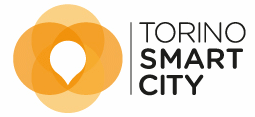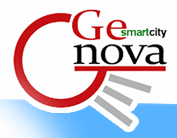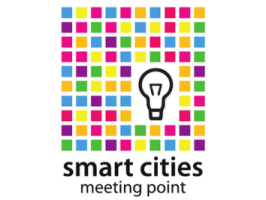Welcome to MySmart-City!
- How should a city leverage the latest technologies?
- What is the Power Engineering vision for using latest technologies to deliver city services?
- Why should a city work with Power Engineering to improve delivery of city services?
What's a Smart City?
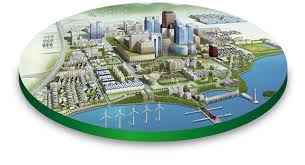
However, In order to achieve the goal of Smart Cities, one has to develop quite a number of technologies in the area of wireless and fixed communications networks, and many research challenges are identified. Smart Grids are the backbone of the Smart City, they are seen as a major opportunity to merge power and ICT industries and technologies.
What makes a City Smart?
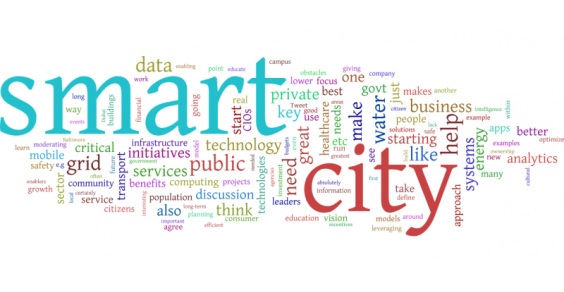
While some people continue to take a narrow view of smart cities by seeing them as places that make better use of information and communication technology (ICT), each city has its own mobility needs and challenges based on density, topography, existing infrastructure, etc., and while they can learn from each other, cities must develop their own benchmarks and targets around areas of need and opportunity. For those reasons, we believe the best aswer to the question What makes a City Smart? is Adaptive Technology.
Smart Cities applications and requirements are grouped into 5 topics: Economic, Social & Privacy Implications; Developing E-Government; Health, Inclusion and Assisted Living; Intelligent Transportation Systems; and Smart Grids, Energy Efficiency, and Environment. Each of the topics is put into perspective according to its potential, challenges, technical requirements, and roadmaps.
The needs for mobility in urban areas result into a number of problems, such as traffic congestion and energy consumption, which can be alleviated by exploiting Intelligent Transportation Systems and further adoption of vehicle-to-vehicle and vehicle-to-infrastructure communication networks. The information being managed in this area can be relevant to other domains, which increases its potential. An effective deployment poses a number of technical, sociological, regulatory and economic challenges.
SmartCities 6 Main Axes
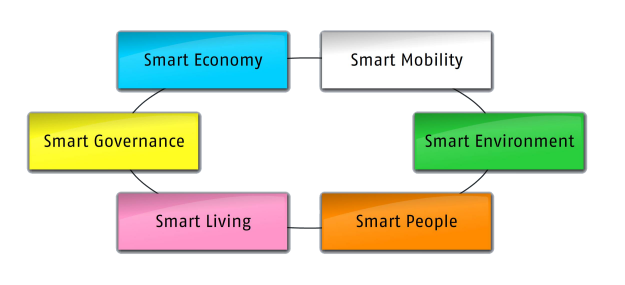
SmartLIVING
Starting with respect for its history and identity, a smart city promotes its tourist image with an intelligent presence on the web; virtualizes their cultural heritage and traditions and the returns on the network as the "common good" for its citizens and its visitors , uses advanced techniques to create routes and "mapping" issues of the city and to make them easily accessible. The EU indicators of smart living are:
- Cultural facilities
- Health Housing quality safety conditions
- Individual Education facilities
- Touristic attractivity
- Social cohesion
SmartECONOMY
The city encourages and promotes the system consists of private enterprise, government agencies and research institutions, is committed to harmonize and promote honest businesses; raises the general level of technology to create a stimulating environment for the enterprise ICT; supports and encourages the detection of the application and monitoring of the trial. The indicators of EU smart economy are:
- Innovative spirit
- Entrepreneurship
- Economic image & trademarks
- Productivity
- Flexibility of labour market
- International embeddedness
- Ability to transform
SmartPEOPLE
The smart city is based on a newfound awareness and participation in public life, stimulates and elevates the status of citizens, the peaceful coexistence of different stakeholders and communities, interaction and ongoing dialogue to detect the concrete needs and facilitate the efficient and effective response. The EU indicators of smart people are:
- Level of qualification to life long learning
- Affinity Social and ethnic plurality
- Flexibility Creativity
- Cosmopolitanism / Open-mindedness
- Participation in public life
SmartGOVERNANCE
A smart government has a strategic vision of their own development and knows how to define the choices on the basis of this line of action and is able to engage citizens in issues of public importance, promotes awareness and uses the technology to digitize and shorten procedures administrative and promotes the transparency of the government and the openness and sharing of data streams (open date). The EU indicators of smart governance are:
- Participation in decision-making
- Public and social services
- Transparent governance strategies
- Political perspectives
SmartMOBILITY
Easy moving, good public transport availability with innovative, sustainable, eco-friendly transport, regulation of access to city centers in favor of a more livable, adoption of advanced mobility management and traffic information to manage the daily commute of citizens and exchanges with neighboring areas. The EU indicators of smart mobility are:
- Local accessibility
- (Inter-) national accessibility
- Availability of ICT-infrastructure
- Sustainable, innovative and safe transport systems
SmartENVIRONMENT
Sustainable development, reducing the amount of waste through recycling, reduction of greenhouse gas emissions by limiting the optimization of traffic and industrial emissions. These objectives can be added to the rationalization of building, and the consequent reduction of the impact of heating and air conditioning, the rationalization of public lighting, promotion, protection and management of urban green spaces and remediation of brownfield sites. The EU indicators of smart envinronment are:
- Attractivity of natural conditions
- Pollution Environmental protection
- Sustainable resource management

